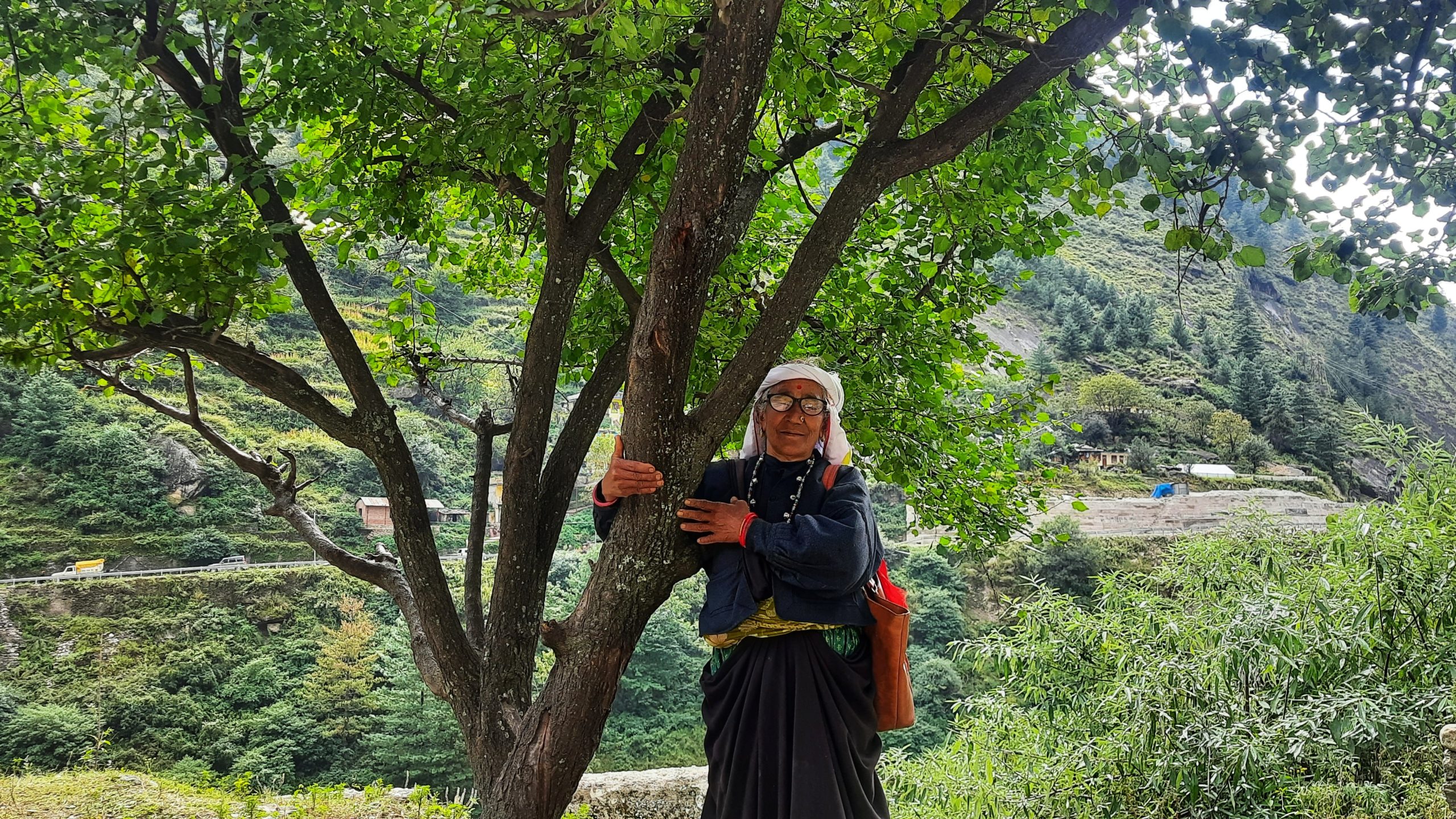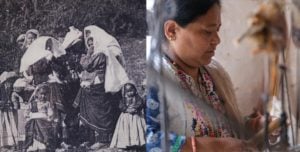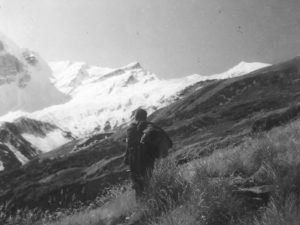In July 1970, devastating floods swept through the Alaknanda Valley, in northern India. Sudden, intense rainfall had caused a violent rise in the level of the Alaknanda River and its tributaries, which flooded roads, bridges and farms in the district of Chamoli, Uttarakhand state. Landslides triggered by the rainfall destroyed many small villages in the hills.
The residents of the affected villages were left grappling with questions as to why the floods had happened. Their search for the answer laid the foundations of the Chipko movement – today remembered as one of the most important non-violent community mobilisations in the history of forest conservation and environmental activism in India.
Did you know…
The origins of the Chipko movement date back to 18th century Rajasthan, but it did not become famous until the events in Raini in the early 1970s
“To understand the reasons behind the floods, we walked to many places and found out that wherever the forests were cut, the impact of floods was severe,” says Chandi Prasad Bhatt, 88, an environmentalist and social activist credited with popularising the Chipko movement, who was awarded the Gandhi Peace Prize in 2013. Bhatt still lives in Chamoli, close to Raini.
The villagers of Chamoli concluded that to protect themselves from future floods and landslides they needed to protect the forests.
This knowledge was at the core of the movement that became famous after 1973 in Raini. Chipko, derived from a Hindi word which translates as ‘to hug’ or ‘to stick’, captured the popular imagination when women across the district embraced the trees, putting their bodies between loggers and their forests.
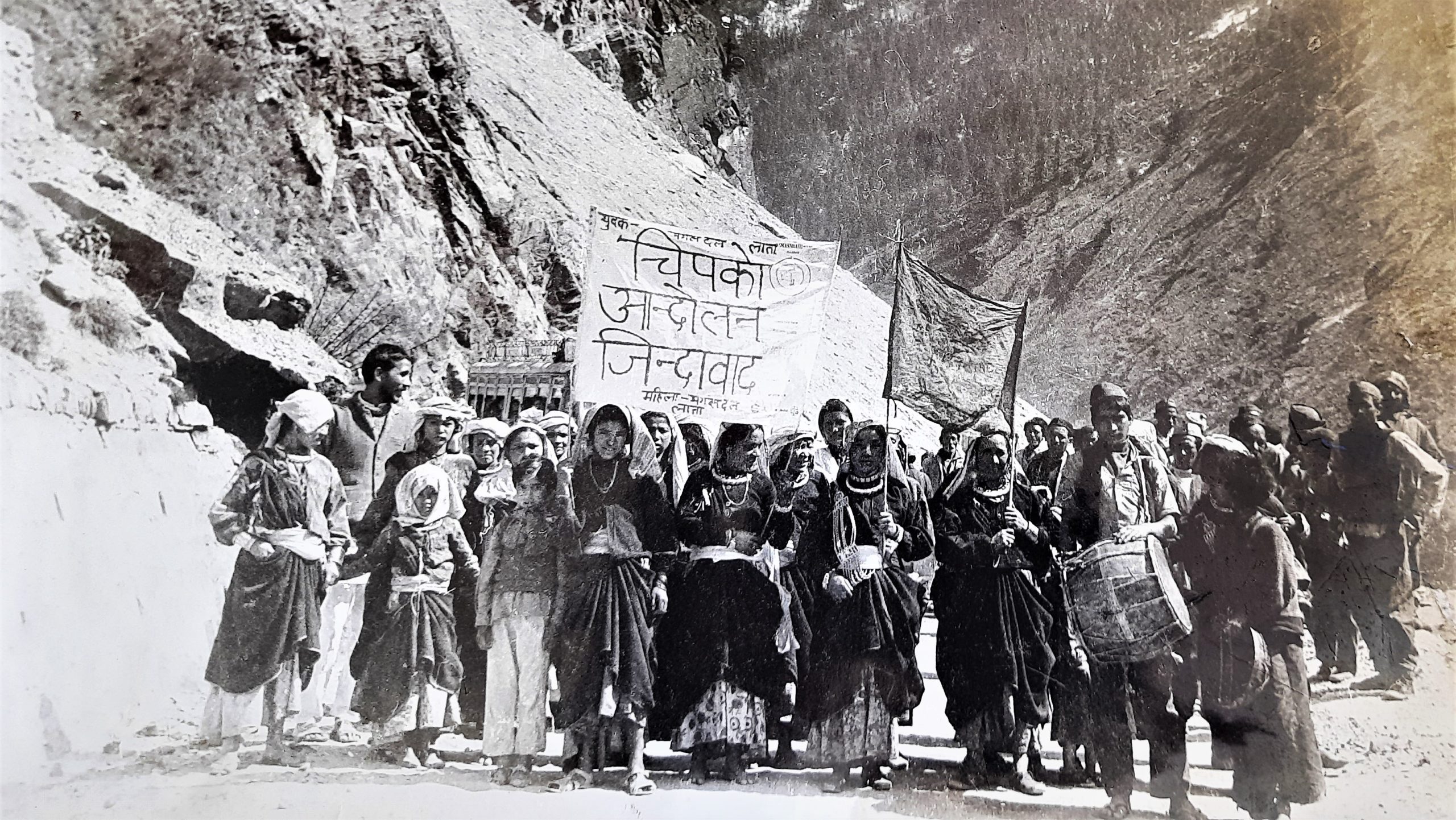
*The original photograph was taken on 30 March, 1974 by Chandi Prasad Bhatt and has been reproduced here with permission
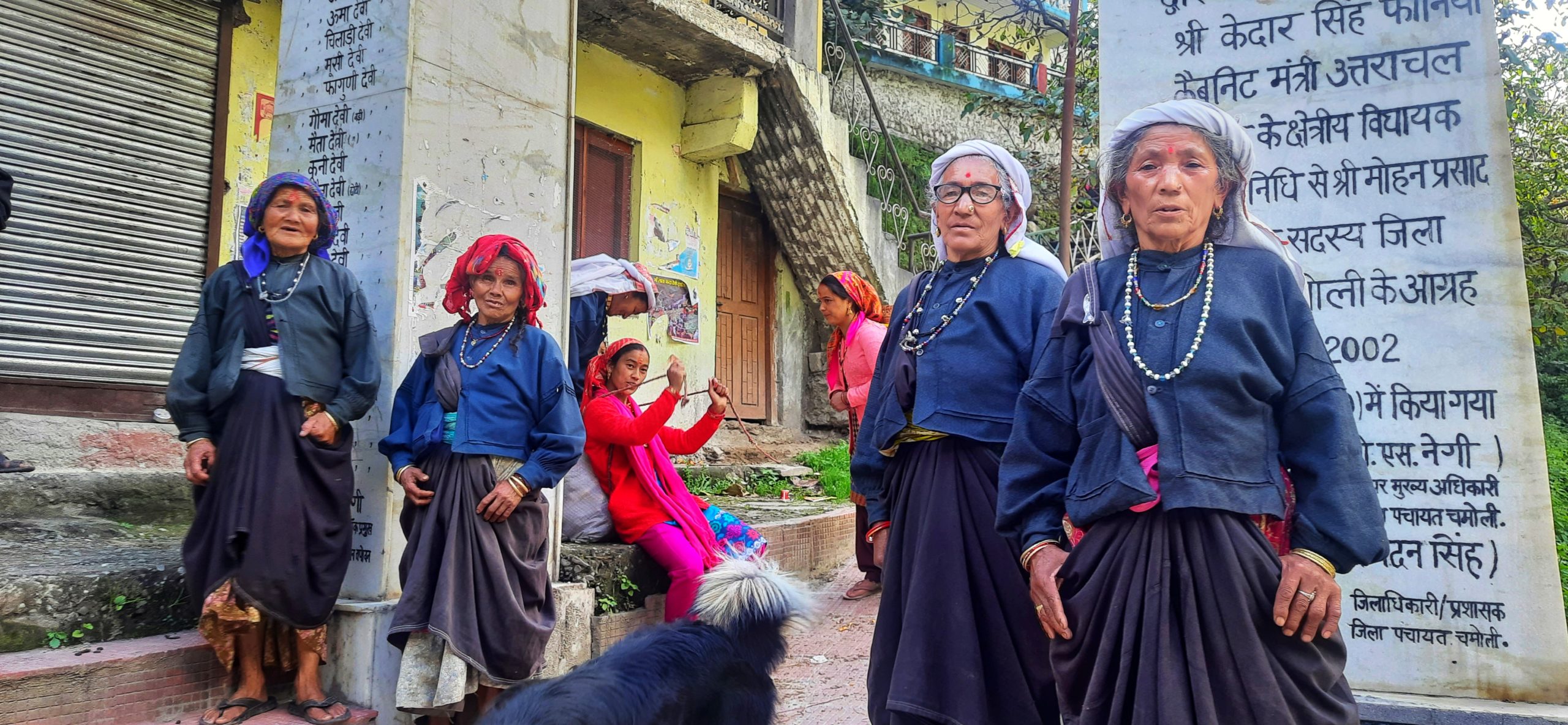
2023 marks 50 years since this defining moment in the Chipko movement. But when The Third Pole’s reporter visits Raini, it is clear that this place with such a strong legacy of environmental activism is now haunted by disasters related to the impacts of climate change – a threat to people’s way of life that is even greater and more complex than the felling of their trees. Slowly, Raini is becoming uninhabitable and people are being forced to leave their homes.
Raini ravaged by climate disasters
There have been many disasters in Chamoli since 1970. Most notable in recent history was a flood in February 2021, triggered when a massive chunk of a glacier broke away. More than 200 people died in the resulting flash flooding of the Rishi Ganga River.
In Raini, villagers say they live in fear of disasters that are becoming more frequent and intense. As The Third Pole travels the nine-hour journey between Uttarakhand’s capital Dehradun and Raini there are constant reminders of this, with rubble from landslides strewn across the road.
The village was once home to many generations of the Bhutia community – a group descended from people who migrated south from Tibet around the 9th century AD, settling in the mountain ranges along the Indo-Tibet border. Now it only has elderly residents.
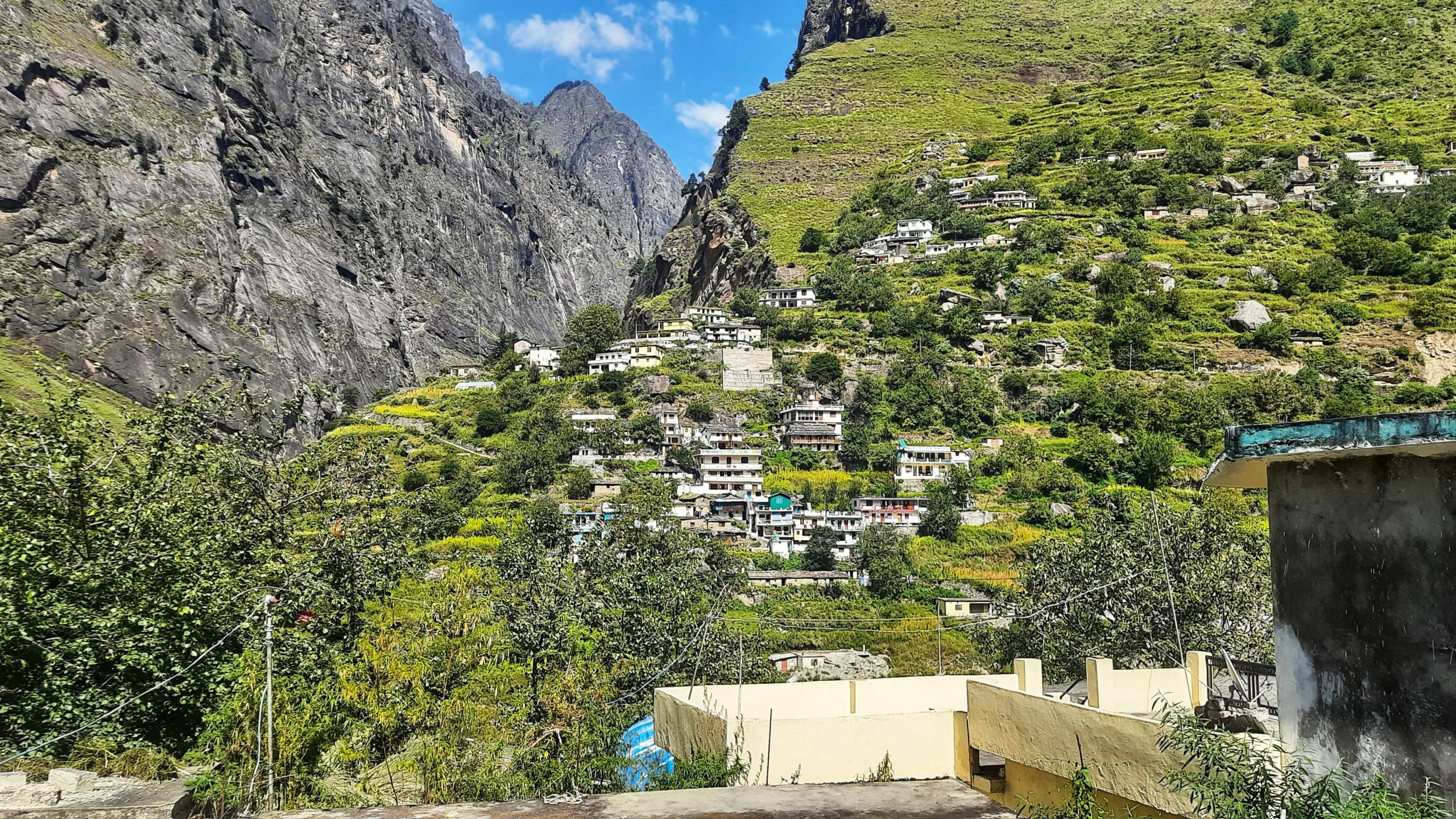
“Millions of Himalayan trees were saved from felling because of Chipko. Due to natural calamities, today we are forced to look for a new place for our children. But I don’t want to leave my house. Where else will we get this shade of trees?” says Chandra Singh. Singh, 78, is the son of Gaura Devi, who led the group of women who first defended the forest and pioneered the Chipko movement.
“The vegetables that we had in our forests cannot be found in our fields. Now animals do not get food in the forest, so they come to our farms. Due to this our children left the fields barren and went to work in the city,” Singh adds.
The women of the village who witnessed and were involved in the Chipko movement tell The Third Pole that today they only feel resentment and dismay.
We did not know that we will have no control over the trees we saved from outsidersBaati Devi
Successes of the ’70s a distant memory
Initially, the Chipko movement was led by men. Bhatt tells The Third Pole that women used to sit at the back of the meetings and would sometimes laugh at the word ‘chipko’. But they took a leading role on 26 March 1974, when all the men from Raini had gone to Chamoli town.
Seventy-five-year-old Baati Devi recalls that around 9am a young girl saw some workers, accompanied by Forest Department staff, marching towards the forest with implements. She ran to Gaura Devi, who immediately mobilised the women. Around 30 women and young girls dropped their work and ran down the narrow roads leading to the forests.
“We held the trees tightly and stuck to them… We asked them [the loggers] to run their axes through us first before the trees. They had to go back. The Forest Department scolded us as well,” says Baati Devi.
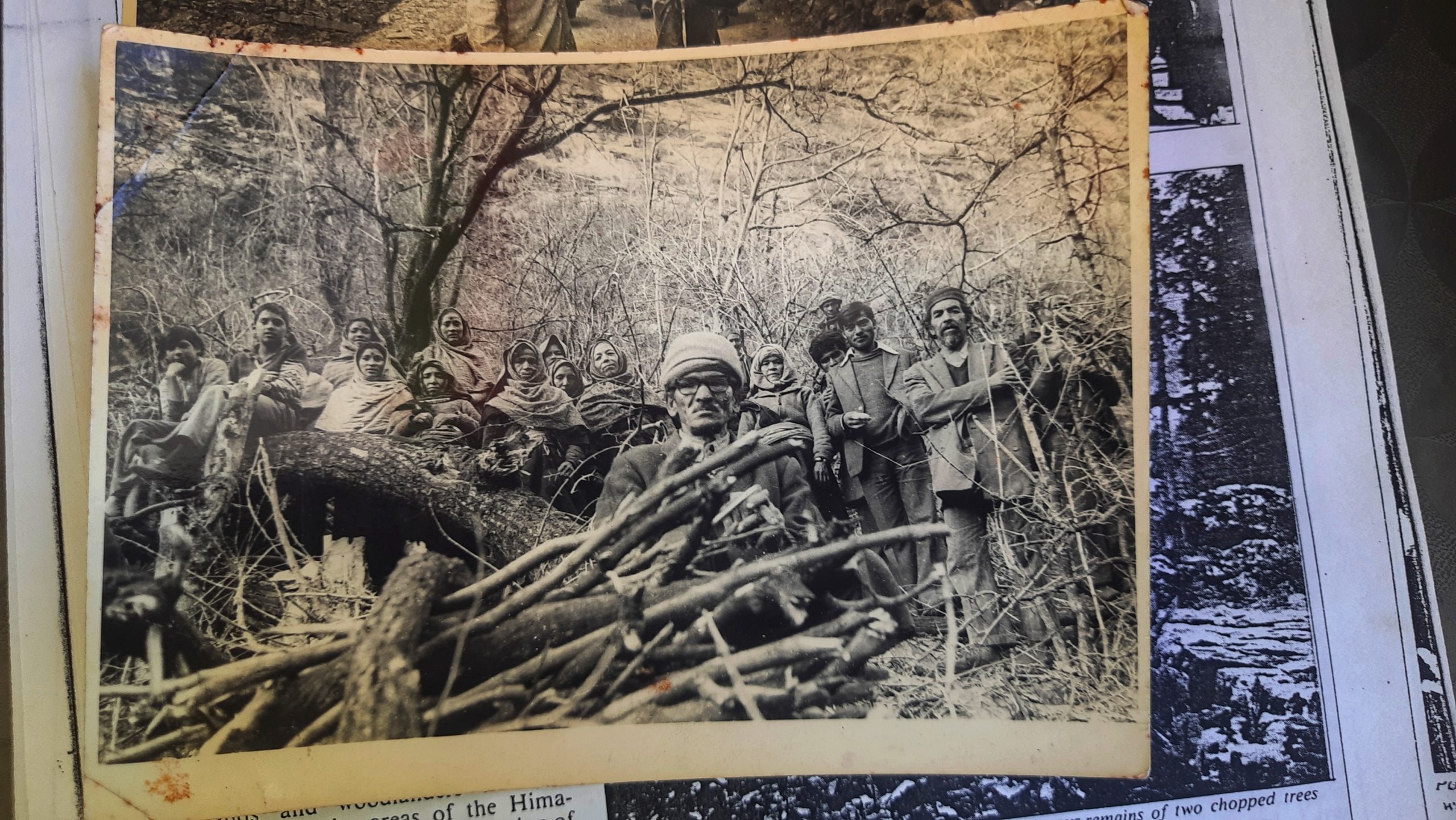
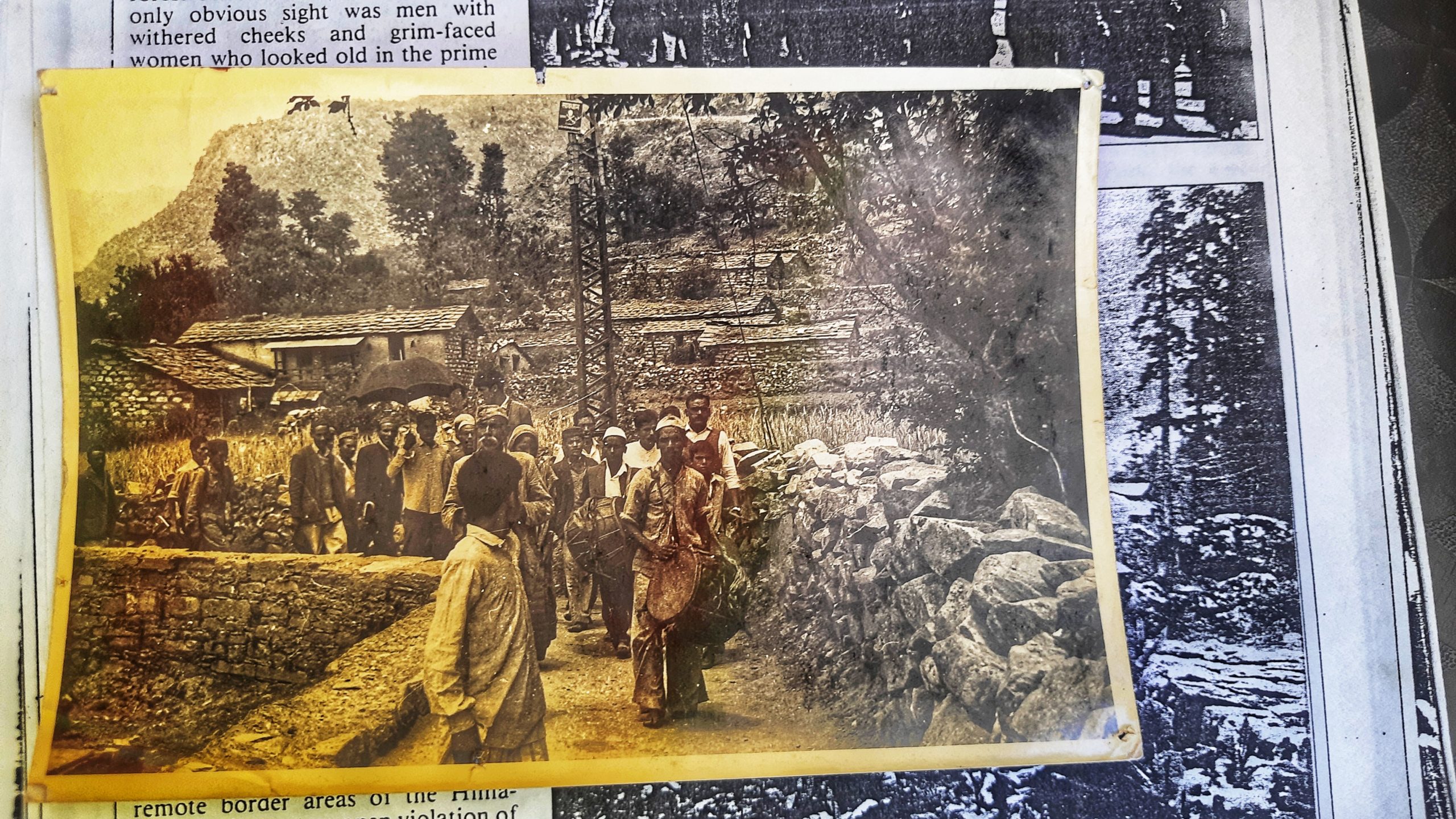
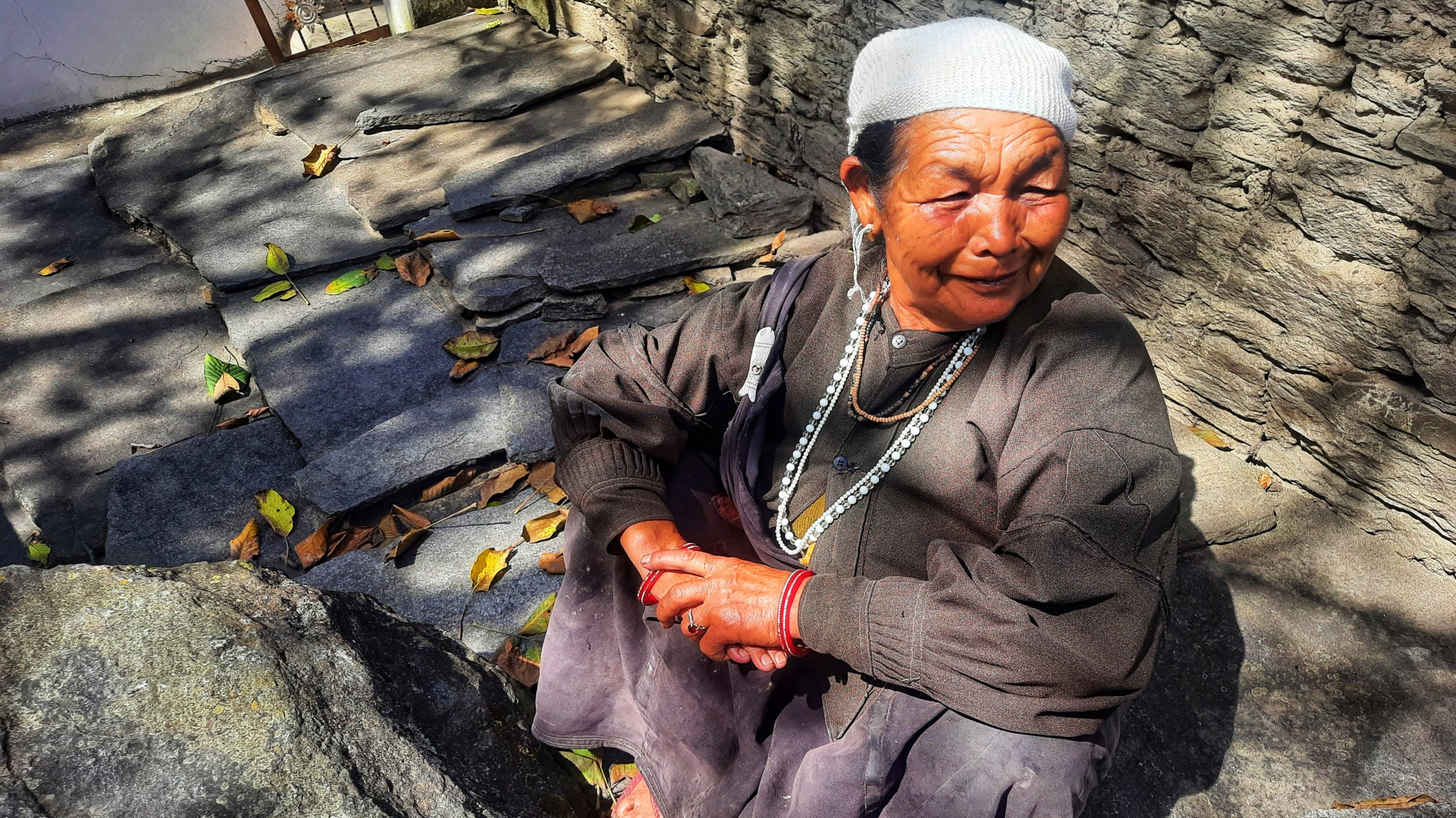
The villagers’ apprehension of the connection between deforestation and flooding was confirmed years later by a report released by a committee chaired by Virendra Kumar, a professor in the Department of Botany at the University of Delhi, Bhatt says.
Bhatt says it was because of the Chipko movement that the Forest Act of 1927 was amended and the Forest Conservation Act 1980 was adopted. In 1981, the Uttar Pradesh government (Uttarakhand was then part of Uttar Pradesh) imposed a 10-year ban on cutting down trees growing at over 1,000 metres above sea level, which was later extended by a further 10 years. In December 1996, the Supreme Court of India imposed a ban on felling trees in Uttar Pradesh and Himachal Pradesh, which continues to this day.
Raini has become uninhabitable
The flood in February 2021 caused severe damage in Raini, and residents tell The Third Pole that it is no longer a safe place to live. Cracks have appeared in their houses and the slopes the village is built on have become unstable. Just downhill, the land is being eroded by the Rishi Ganga River.
All the people The Third Pole speaks with say they are demanding to be relocated. This was also the recommendation of an official report in the aftermath of the 2021 disaster.
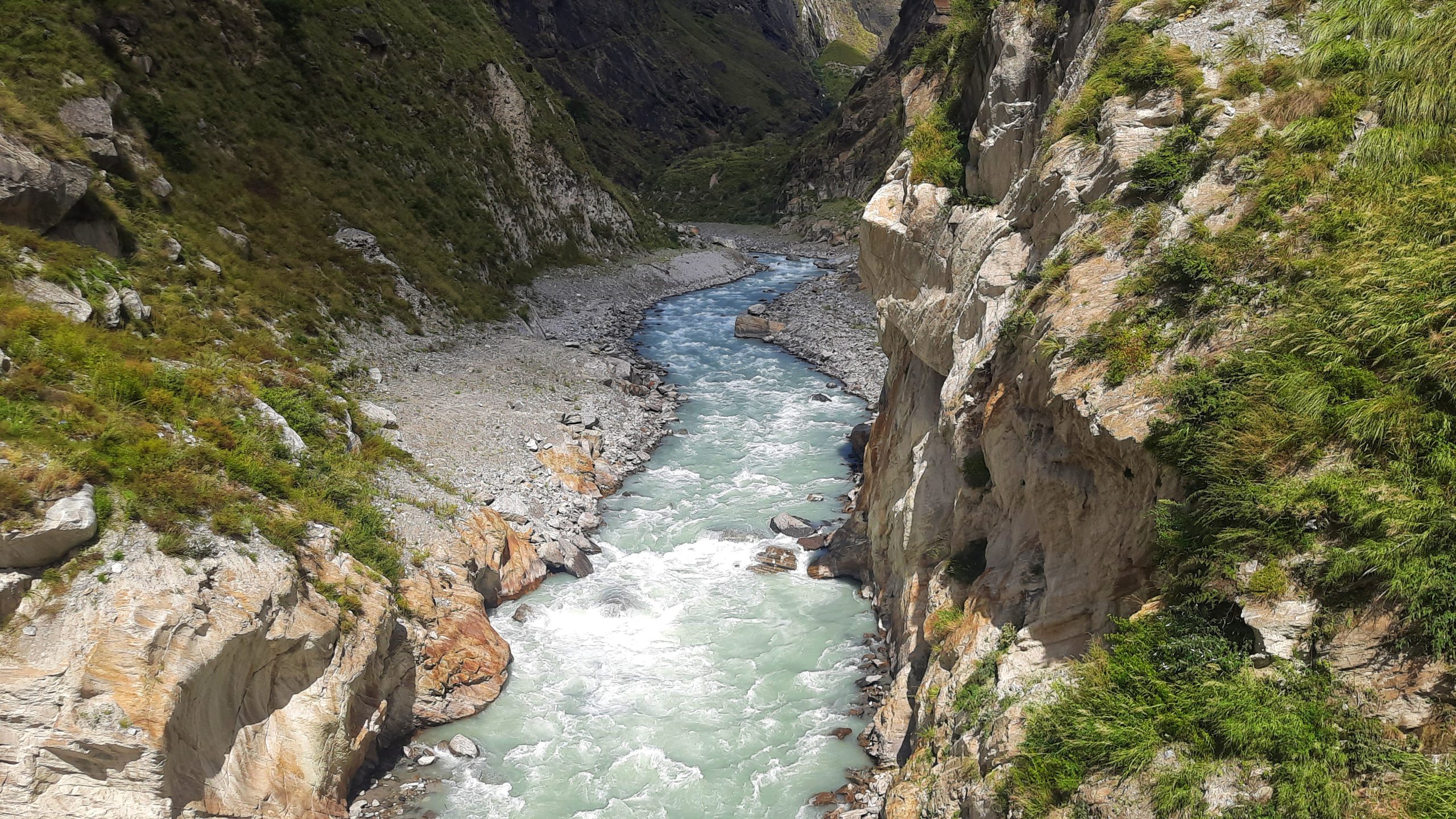
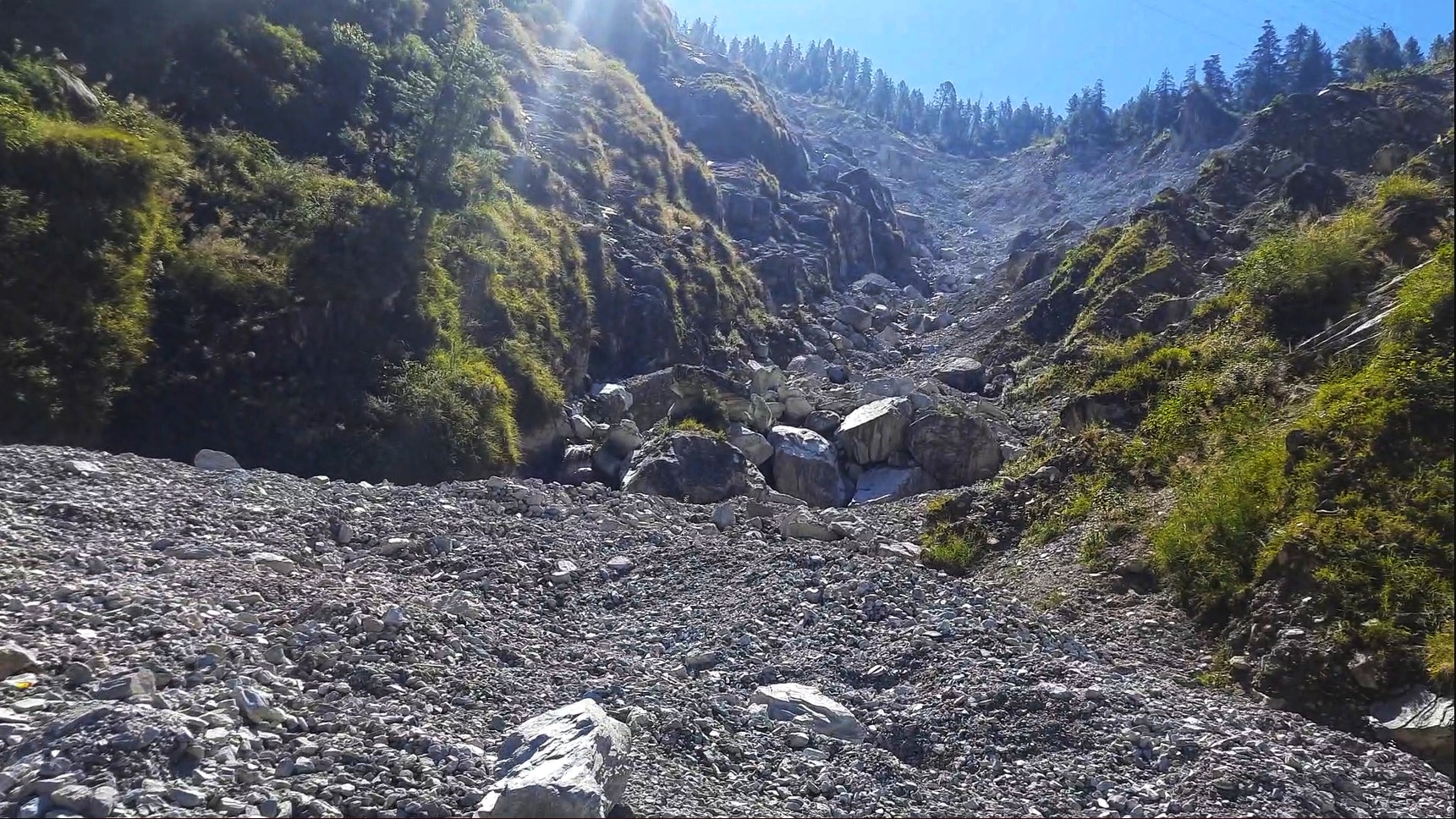
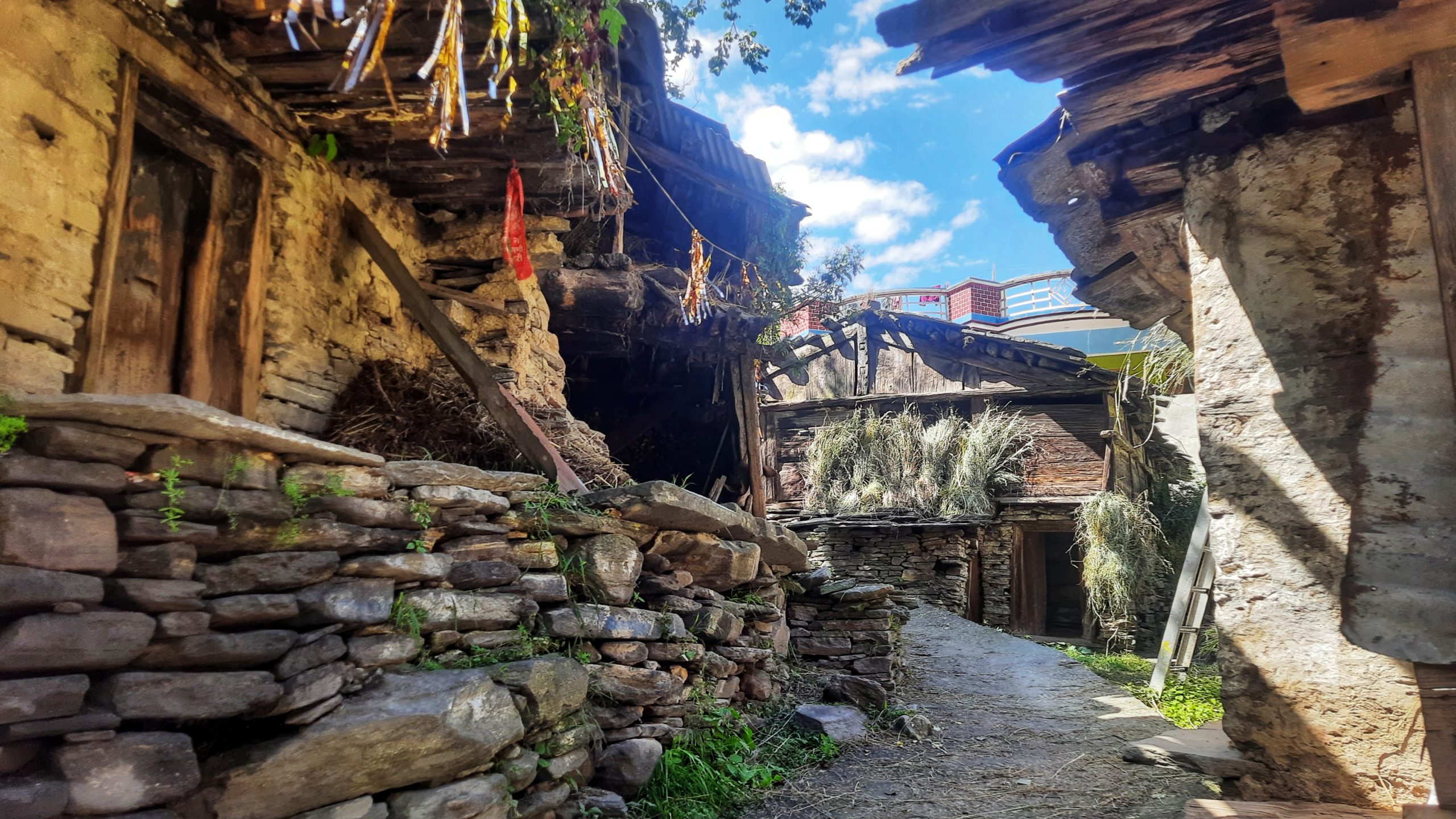
Relocation is not an easy solution, Juthi Devi, Gaura Devi’s daughter-in-law, stresses. The village is central to people’s identities and they are reluctant to leave it behind.
They are also dismayed at having to move away from the forests they saved in the 1970s.
Juthi Devi explains that every village in the region has its own forest, and people can only use resources from their assigned forests. They might be relocated to a place where all the forests have already been assigned. “Even if the government rehabilitates us, we will lose access to our forest and the other villages will not allow us in their forests,” she says.
But due to the need to give their grandchildren a safe future, they are ready to move to a new place, the villagers tell The Third Pole.
Forests remain at the heart of village life in Raini
Baati Devi says the forests around Raini are far more than a source of resources. “We started the [Chipko] movement to save our forests, our Earth and our livelihoods. It is our maternal home. We shared our sorrows in the forest. As long as the forest was ours, everything was fine. When the Forest Department started guarding the forest, things turned south,” she says.
Since 1927, villagers have been required to obtain permission from the Forest Department to take timber from the forests. This Act authorised the government to exercise control over forest produce and timber. It also defined “forest offences” and listed the penalties for any violation.
This prohibits the hunting of wild animals mentioned in Schedules I, II, III and IV of the Act. It also prohibits uprooting and damaging any specified plant from forest land or any protected area.
This piece of legislation increased the stringency of restrictions. The Act aimed to diminish the use of forest land for any “non-forest purpose” and mandated state governments to obtain permission from the central government before taking decisions related to the use of forest land. Raini residents tell The Third Pole that disputes between villagers and the Forest Department over taking fodder and wood from the forests increased after the Act.
As a result of these laws, villagers have had to navigate restrictions on activities like fishing, hunting, collecting fruits, grazing cattle, collecting wood, and farming on forest land.
Traditionally, the villagers of Raini could find everything they needed in the forest; going to the market to buy vegetables, spices or medicines was never a part of daily life. But, particularly after 1980, increasing restrictions enforced by the Forest Department mean they now regularly visit the local market to buy essentials.
Women tell The Third Pole that whenever they visited the forests they took care of them by removing dry wood (which reduced the risk of wildfires) and tending younger trees. They felt a sense of responsibility towards their local environment.
“We did not know that we will have no control over the trees we saved from outsiders. When we need dry wood from the forest, we have to take a receipt from the Forest Department,” says Baati Devi.
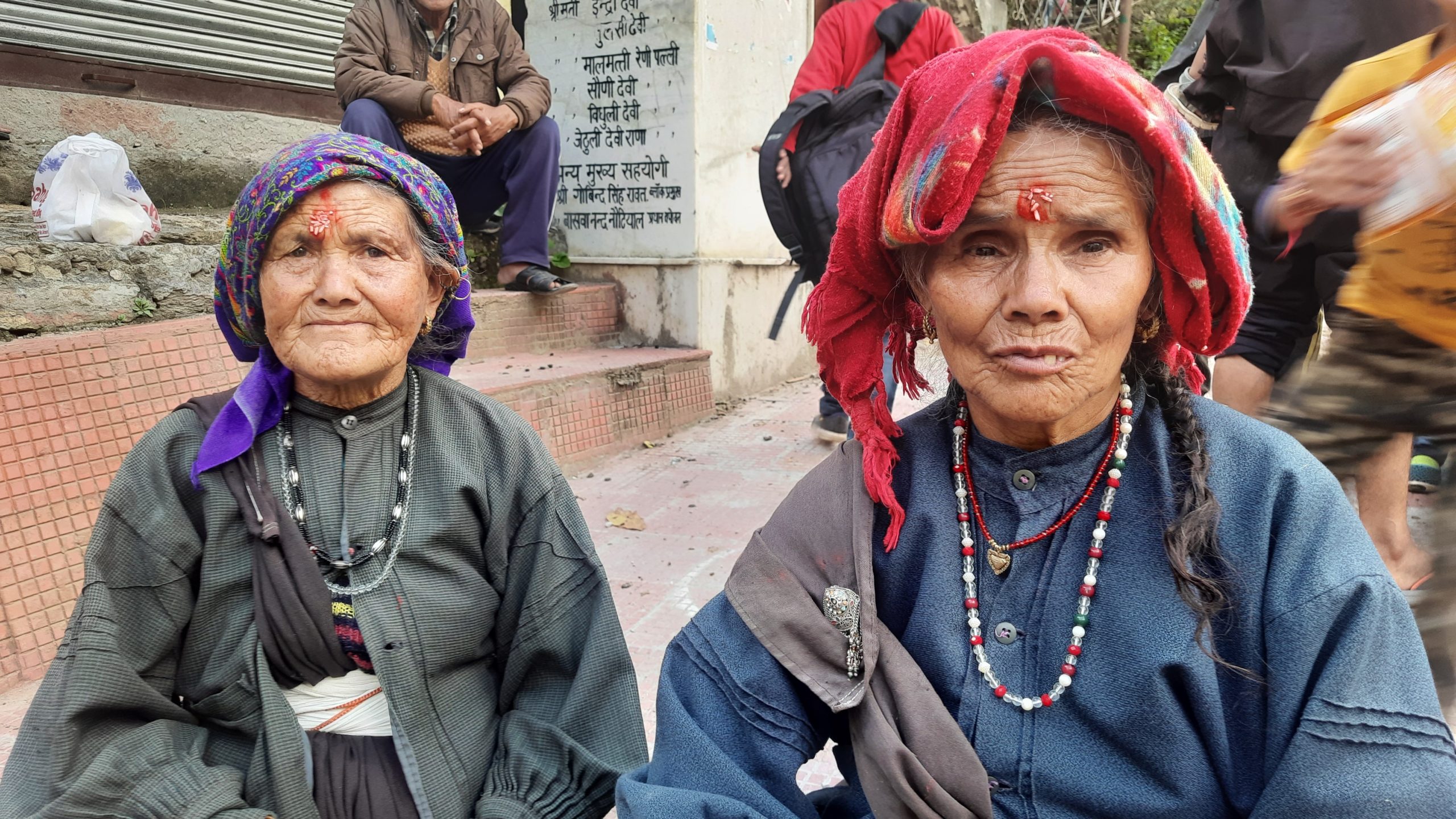
With no way to make a living from the land left in Raini, men started to move to cities like Delhi and Dehradun. Their daughters and daughters-in-law moved with them or to nearby areas like Joshimath-Tapovan in search of education for their children.
Their spirits battered by recent disasters, Raini’s last inhabitants are preparing to follow in the younger generation’s footsteps, leaving behind the forests they and their descendants once fought to protect.
